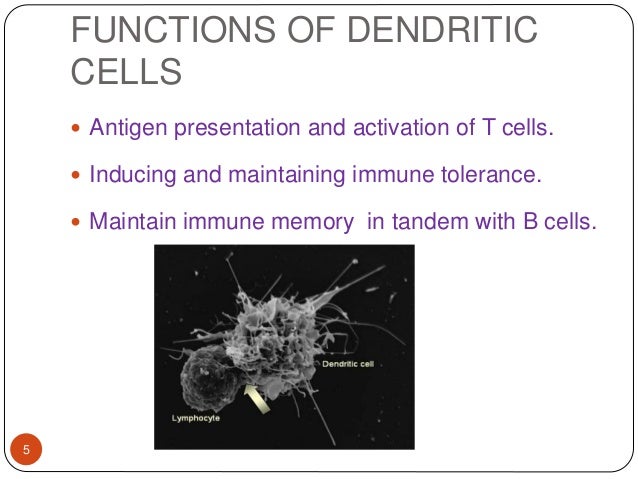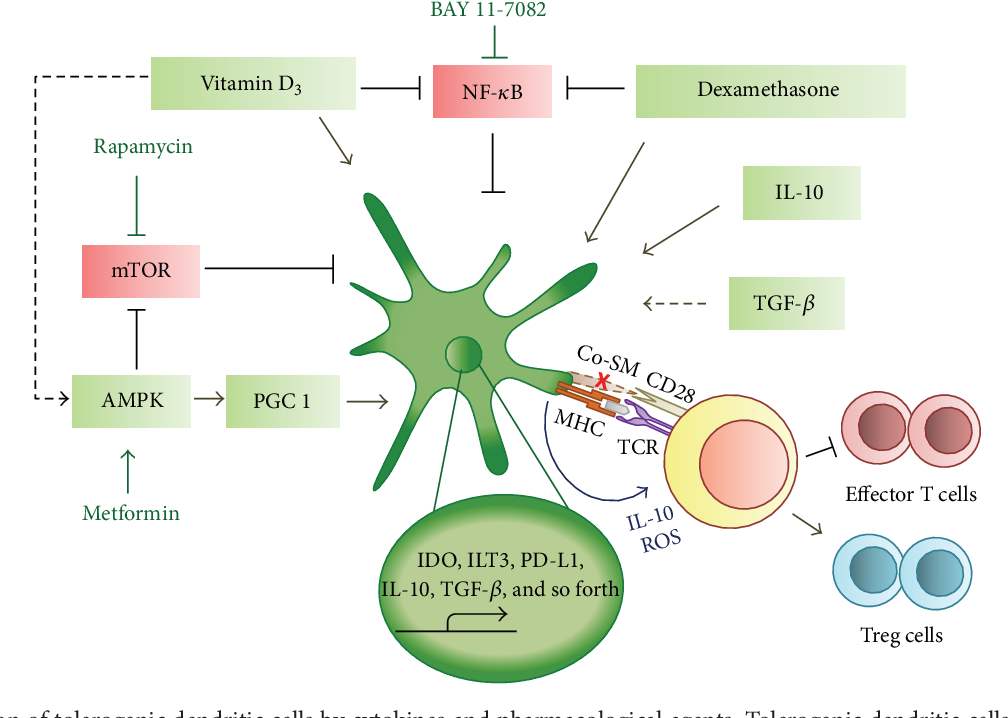

Tetraspanins regulate the spatiotemporal molecular interactions of their partner proteins and thereby influence complex cellular events such as activation, adhesion, and migration.

Components of tetraspanin-enriched microdomains (TEM) include membrane proteins such as integrins, proteases that regulate cell-surface molecule expression posttranslationally, and signaling molecules including kinases and phosphatases. Tetraspanins directly interact with their molecular partners and organize them into signal-transducing microdomains ( 9, 10). The best-defined role of tetraspanins in biology is their molecular organization of cell membranes. One type of protein known to regulate both Ag presentation and cell motility is the tetraspanins, a superfamily of four-transmembrane molecules, highly conserved in evolution and expressed in all mammalian cells. These major functional changes require exquisite coordination between the Ag processing and presentation machinery, and the myriad of adhesion, signaling, and cytoskeletal proteins that regulate DC morphology and migration. Nonetheless, the activated DC that has migrated to the draining lymph node has now metamorphosed to become a cell specialized at initiating adaptive immunity by presenting Ags to naive T cells and inducing their activation ( 2).

The mechanisms of migration used by DCs have been reported to be both dependent on adhesion molecules ( 5– 7) and adhesion-independent ameboid migration, driven chiefly by cytoskeletal protrusion and contractile forces ( 8). Thus, rather than migrating randomly through tissue, they now migrate directionally, via the lymphatics to the draining lymph nodes ( 2– 4). Concurrently, DCs undergo morphological changes involving the extension of dendrites thought to promote efficient interactions with T cells, a decrease in Ag uptake and processing, and a modification in cell migration. However, once DCs receive danger signals transduced through pattern recognition receptors, they reduce MHC turnover and upregulate expression of MHC/peptide complexes, costimulatory molecules such as CD80 and CD86, and proinflammatory cytokines, all of which increase their capacity to stimulate T cells and direct adaptive cellular immunity ( 2). These highly endocytic cells are poor stimulators of T cells, because of both a moderate surface expression and a high turnover of MHC molecules. Unactivated migratory DCs in the periphery efficiently patrol through tissues and are specialized for Ag uptake. However, DC function varies with activation state the classical example being migratory DCs. By contrast, a late activated BMDC is CD37 loCD82 hi, and thus has modified its migratory, cytoskeletal, and Ag presentation machinery to become a cell superbly adapted to activating naive T cells.ĭendritic cells (DC) are the most potent of the APCs because they have the unique ability to activate naive Ag-specific T cells ( 1). Thus, this study identifies a key aspect of DC biology: an unactivated BMDC is CD37 hiCD82 lo, resulting in a highly motile cell with a limited ability to activate naive T cells. At the molecular level, CD82 is a negative regulator of RhoA, whereas CD37 promotes activation of Rac-1 both tetraspanins negatively regulate Cdc42. Both CD37 −/− and CD82 −/− BMDCs lack cellular projections, but where CD37 −/− BMDCs spread poorly on fibronectin, CD82 −/− BMDCs are large and spread to a greater extent than wild-type BMDCs. The underlying mechanism involves the rearrangement of the cytoskeleton via a differential activation of small GTPases.
Dendrite functions skin#
CD82 is upregulated upon activation of BMDCs and monocyte-derived DCs, restrains migration of skin and BMDCs, supports MHC class II maturation, and promotes stable interactions between T cells and splenic DCs or BMDCs.

In this article, we show that CD82, the closest phylogenetic relative to CD37, appears to have opposing functions. We have previously published that CD37 is downregulated upon monocyte-derived DC activation, promotes migration of both skin and bone marrow–derived dendritic cells (BMDCs), and restrains Ag presentation in splenic and BMDCs. This study supports a new concept where the opposing functions of the tetraspanins CD37 and CD82 may coordinate changes in migration and Ag presentation during dendritic cell (DC) activation.


 0 kommentar(er)
0 kommentar(er)
